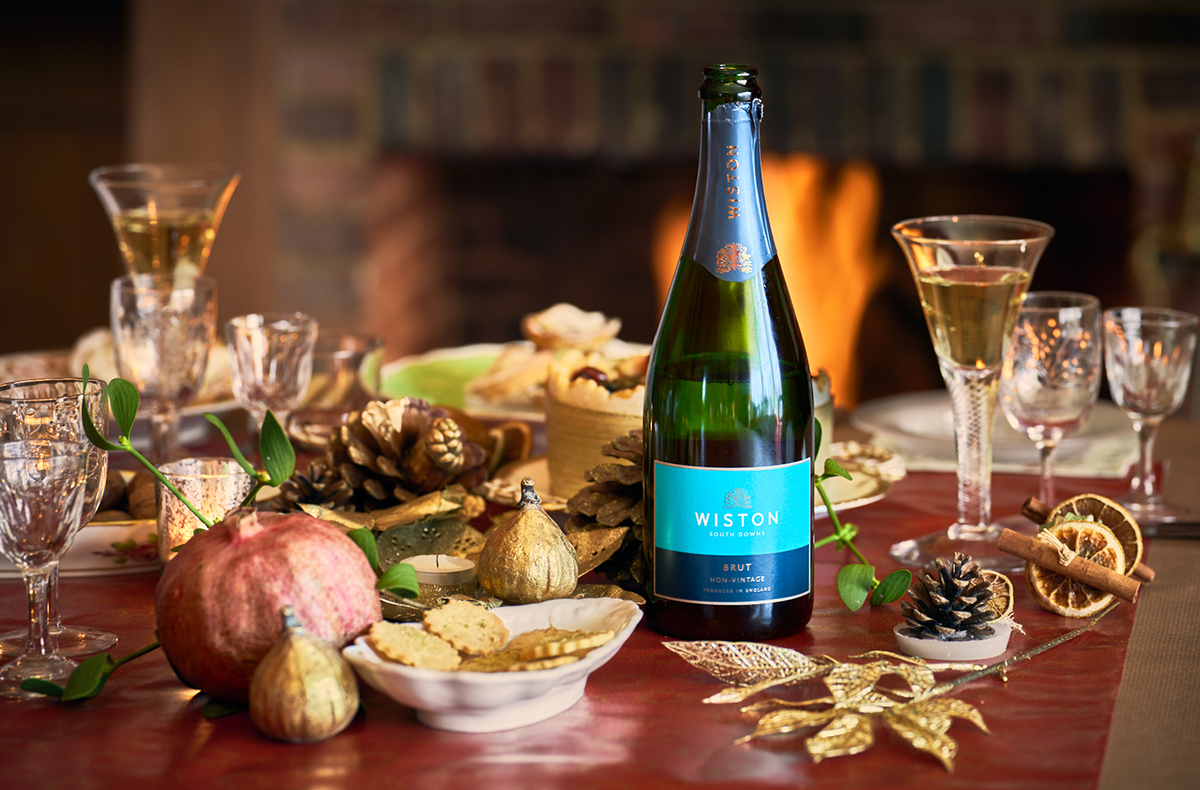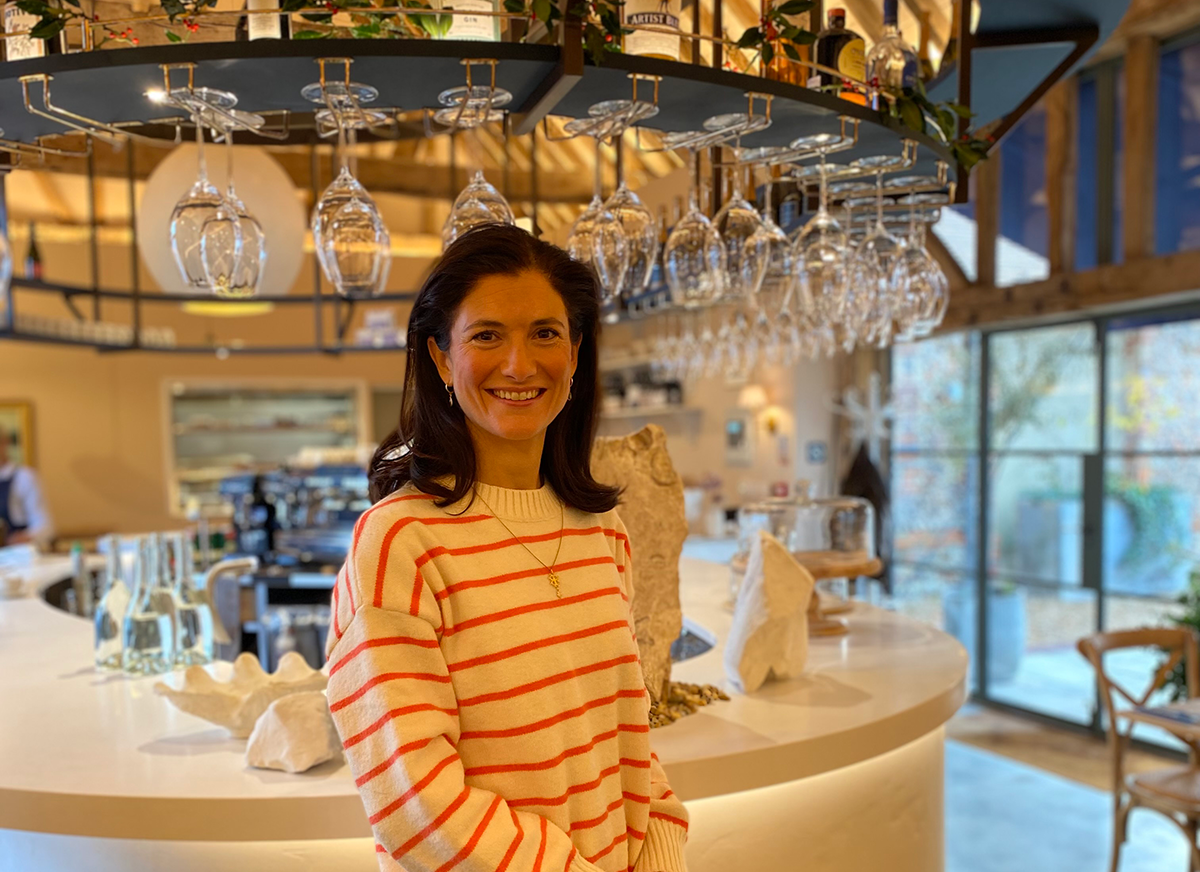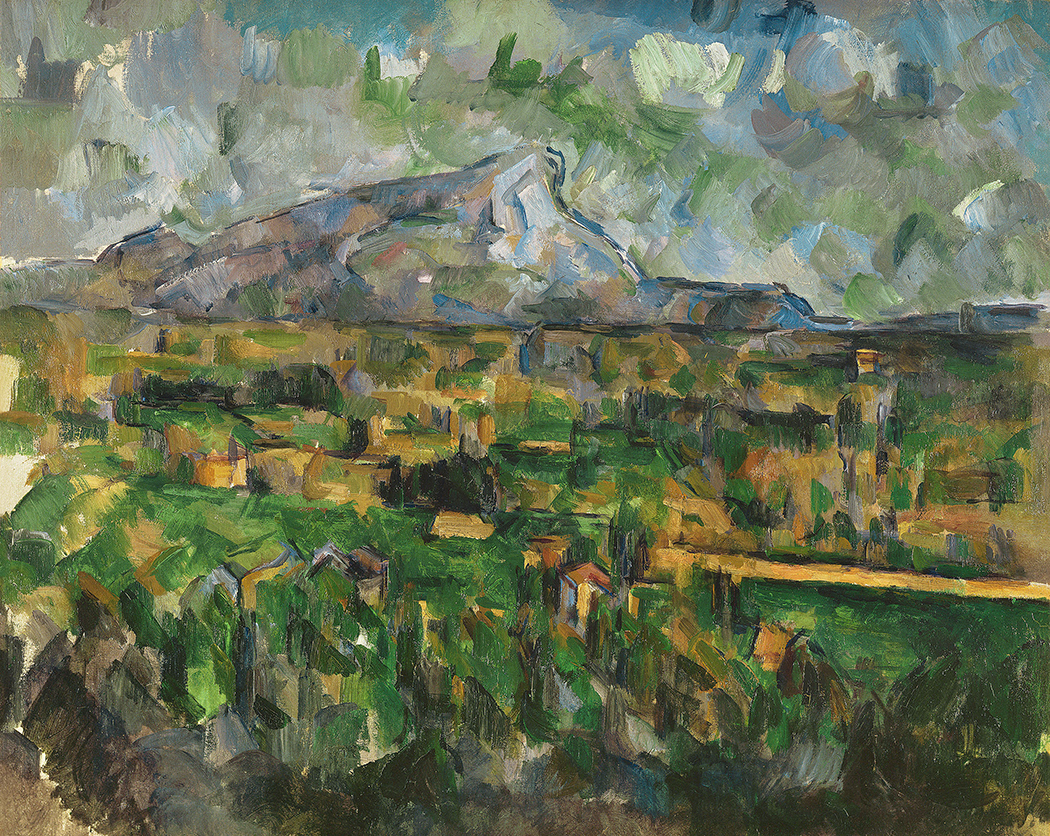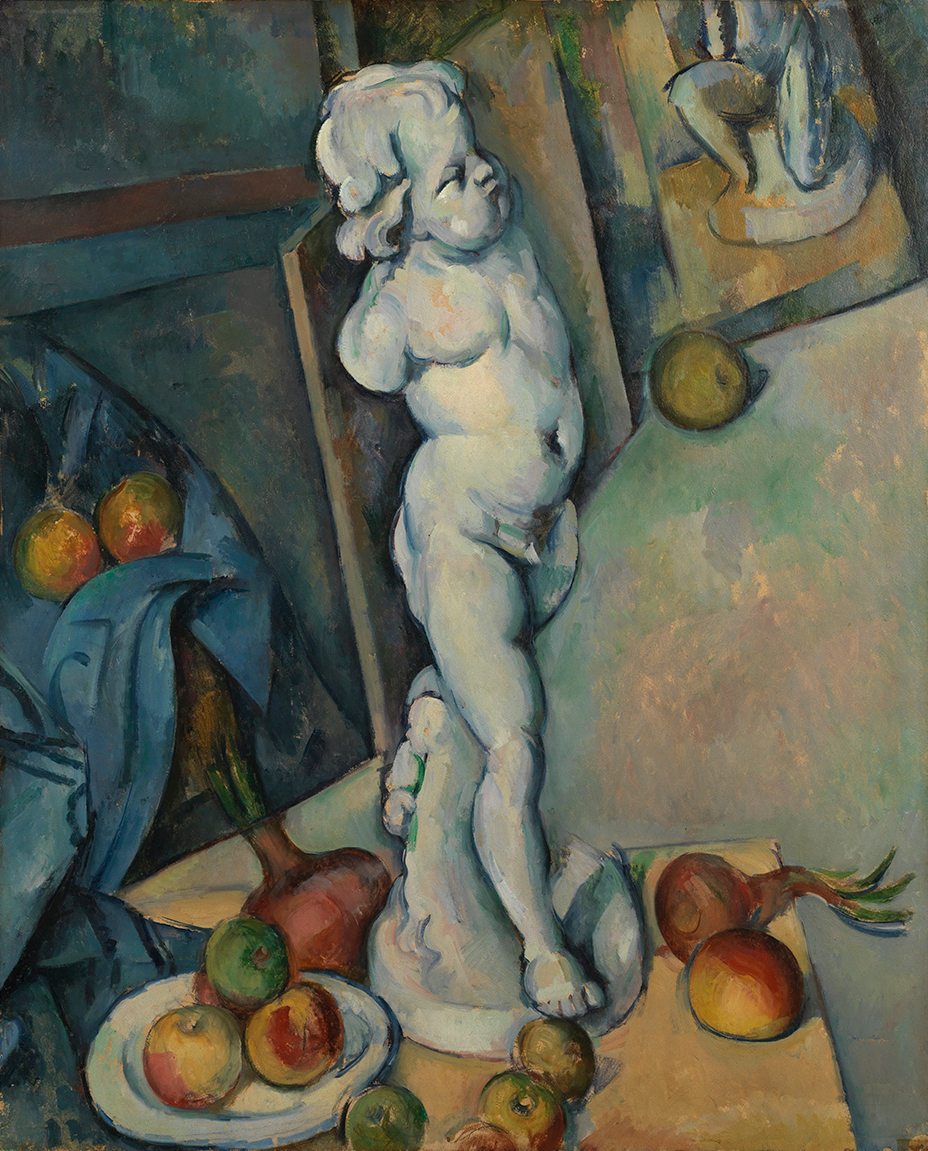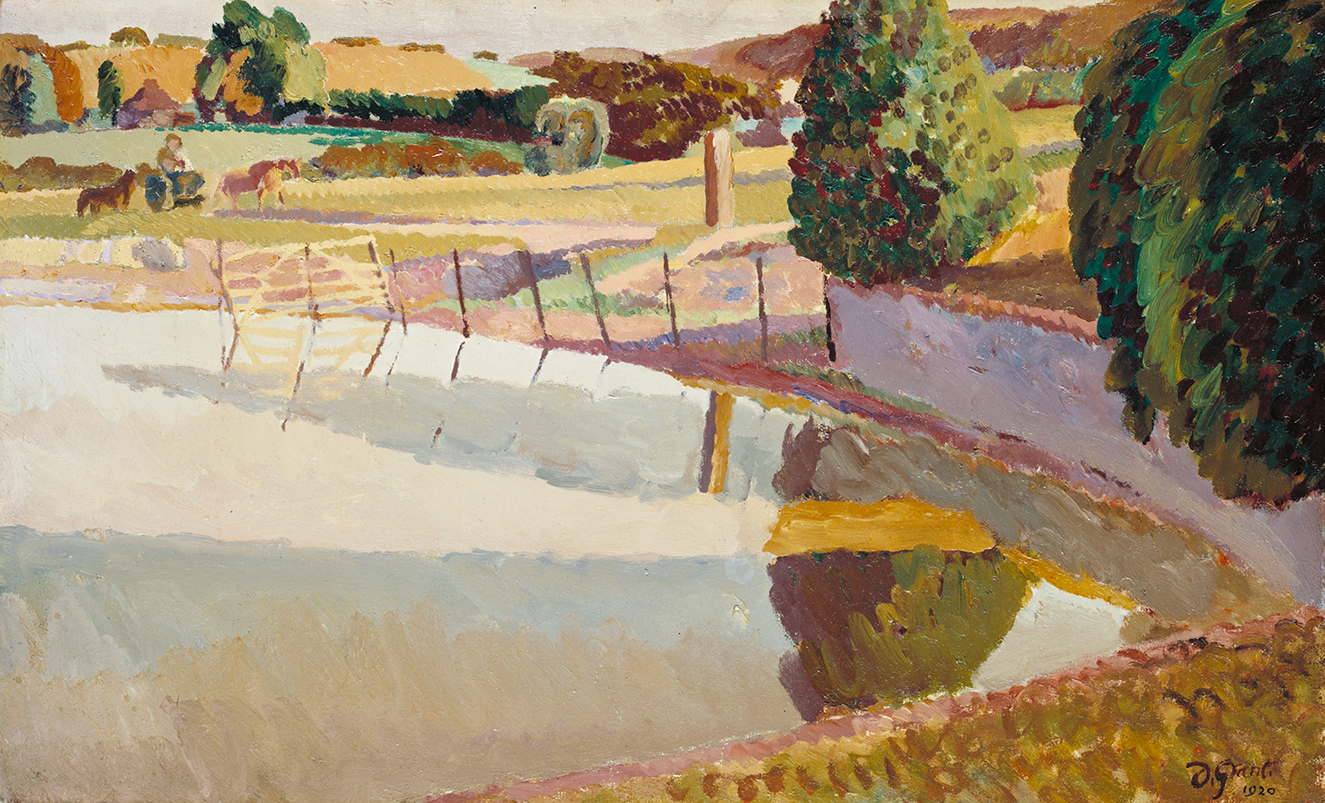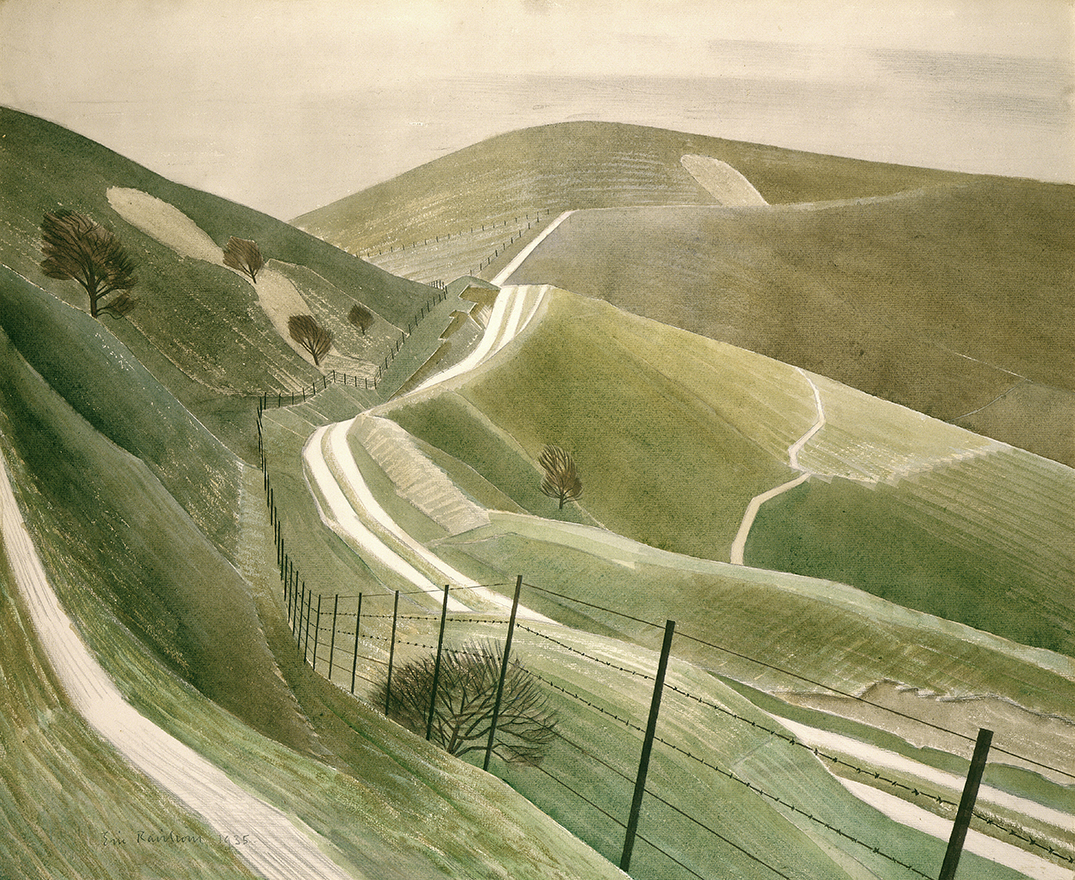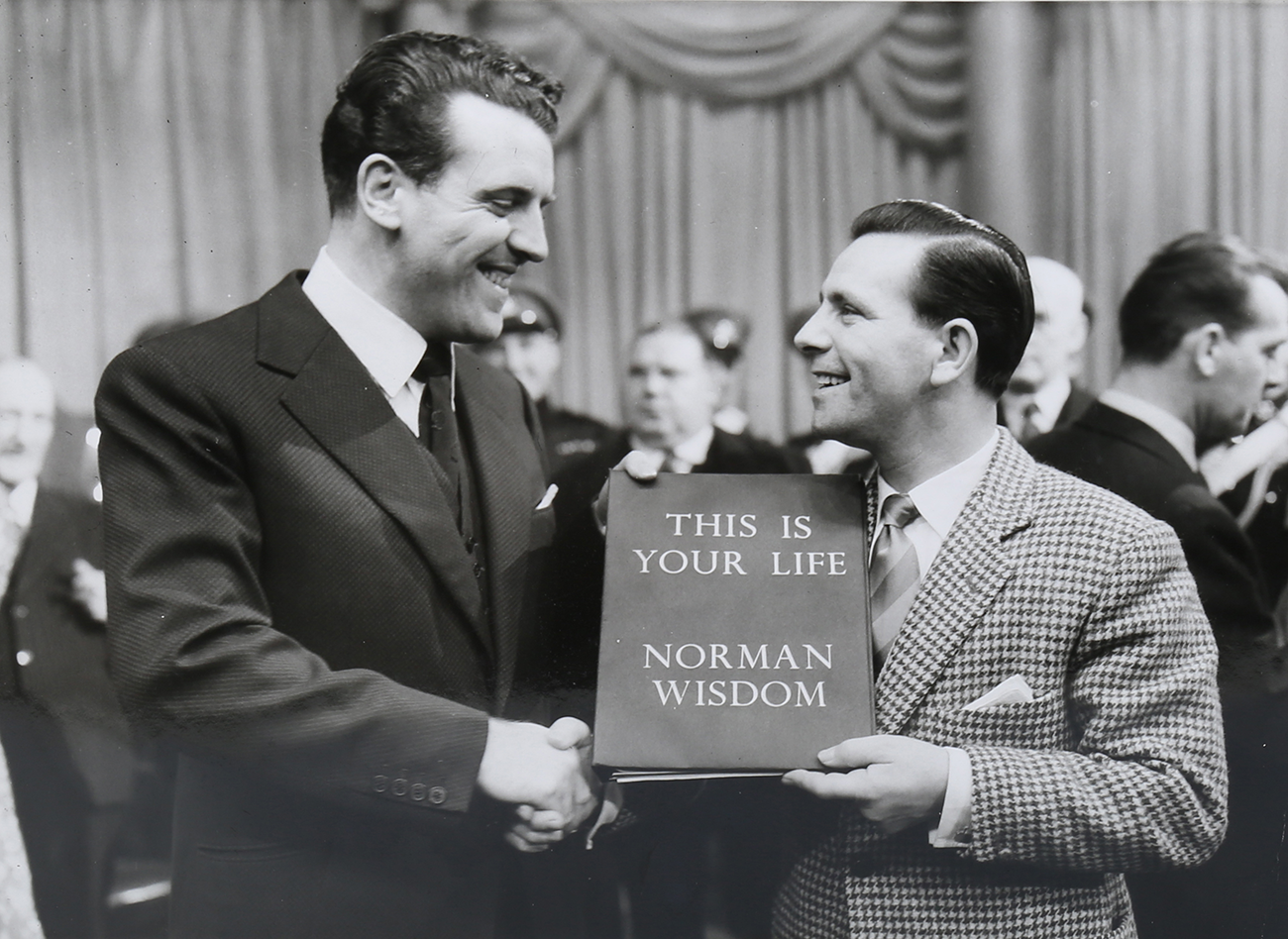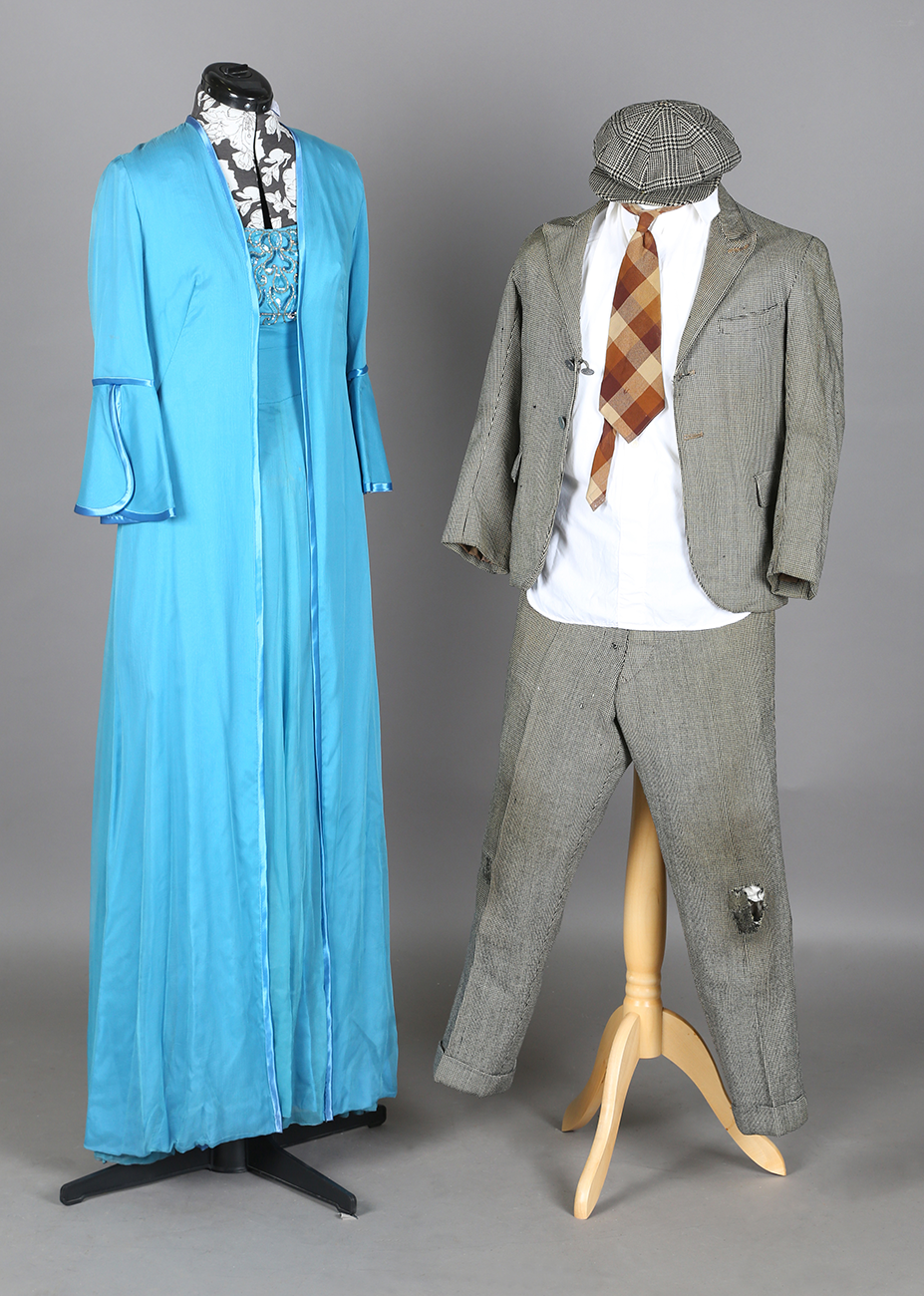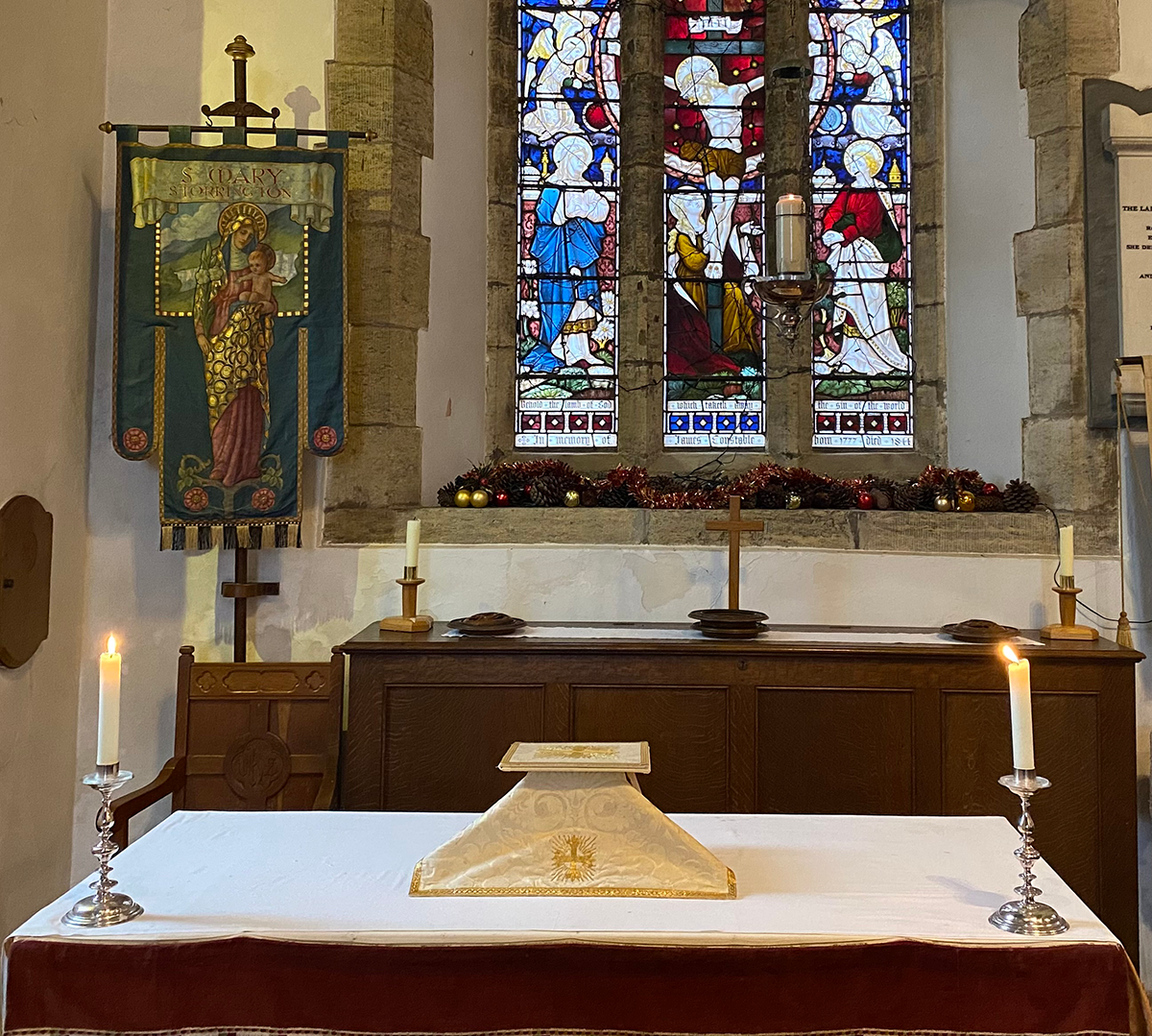
They say that you can journey far by remaining in the same place and since I was nine years old St Mary’s Parish Church in Storrington has been my spiritual home. My Dad used to take me and my brother to the 8 o’clock Communion.
The Lady Chapel at St Mary’s is, for me, one of the most precious spaces in all England with a beauty all of its own. My heart misses a beat every time I enter church and glimpse it.
The banner by the artist W. Lawson sets the Christmas story in the folds of the Sussex Downs.
As you read this I and tens of millions of Christians across the country will be preparing to celebrate that very first Christmas when God came among us as a baby in a manger. Mary’s loving response to God’s calling is inspiring.
It is shared memories both of joys and sorrows which unite families, friends, communities and nations. Part of the common narrative of our nation is the Christian Christmas story.
Once again families will join with me and others at St Mary’s Parish Church in Storrington at 4pm on Christmas Eve to sing Carols and receive Christingles representing the love of God expressed in the birth of Jesus, and to raise money for the Children’s Society to support their life changing work with families and young people.
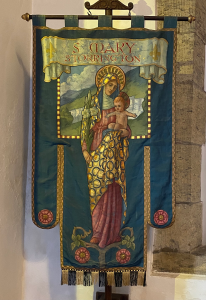
Midnight Mass starts at 11.30pm, and I will be celebrating at the 10am Christmas Day Family Service with Communion.
All are welcome.
There has been much to challenge us this year supporting the poor Ukrainians and dealing with the effects of climate change and inflation. The human cost for individuals and families has been marked. But, people’s response has been noticeably generous and hope filled.
We often talk of value in terms of the material; by this standard, Mary and Joseph had little and yet they knew that they had been richly blessed. They shared the gift of their child with the world. This gift was so precious, so valuable that even the angels rejoiced and praised God. What was being celebrated was love.
I hope that like Mary and Joseph we will be inspired to share what we have with the world through acts of generosity and kindness, especially in these times. The message of Christmas is that hope comes out of our love and care for others. It is a joyful and hope filled message.
It remains for me to wish you and those you love a very happy and blessed Christmas.
